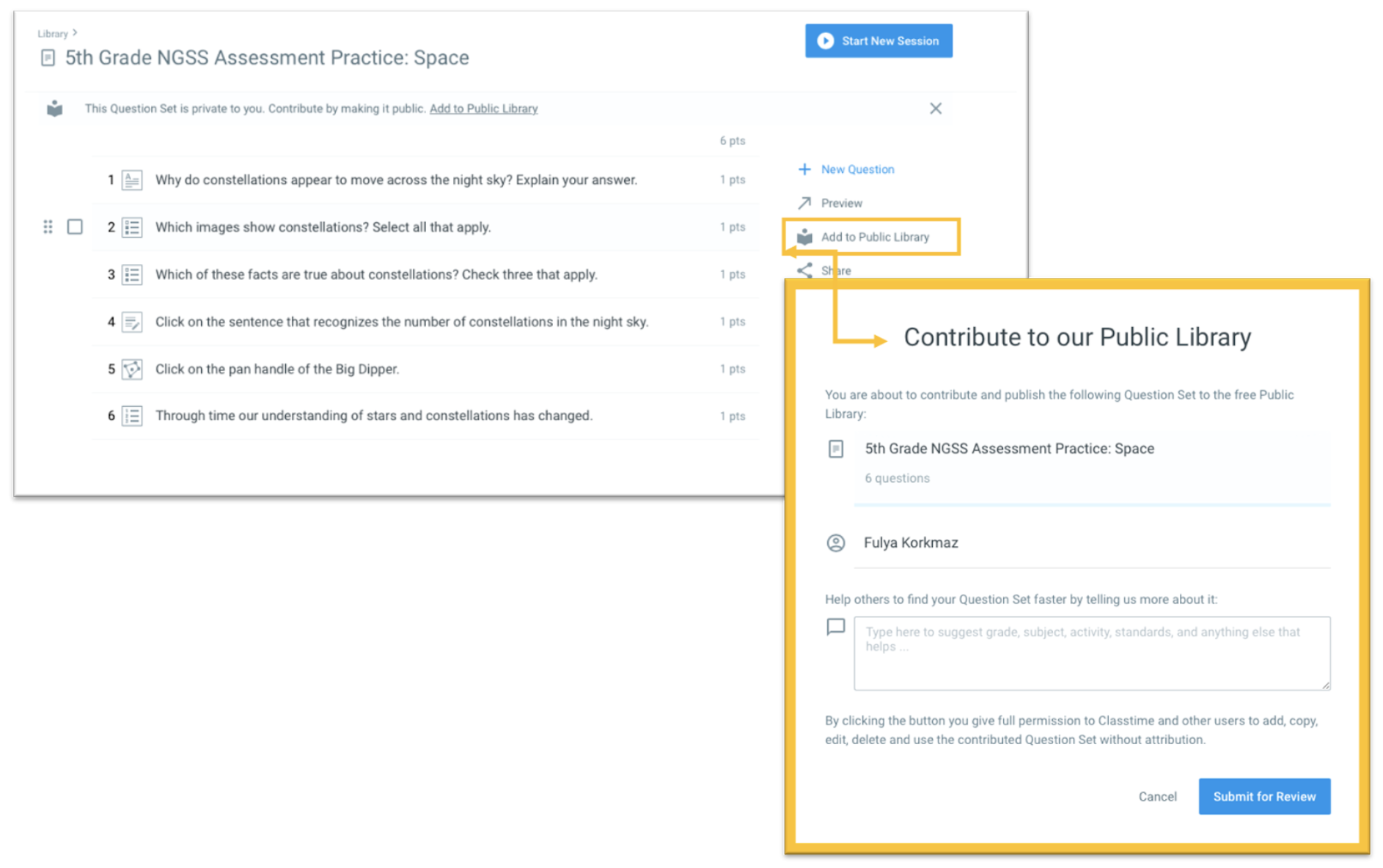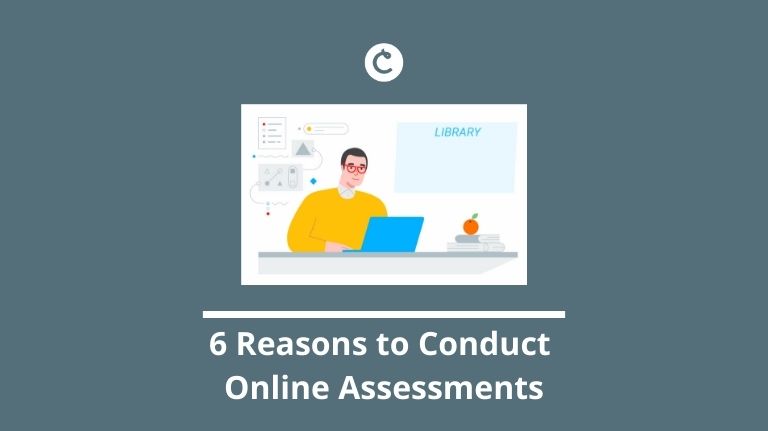6 Reasons to Conduct Online Assessments
Assessments are part of everyday school life for most teachers and students, and often associated with night-long correction work or a long worry about the results. However, conducting online assessments offers opportunities to make them more pleasant for both learners and teachers. We’ve highlighted 6 reasons to conduct assessments online, and how this can be very easily achieved with Classtime.
1. Minimize correction work and free up time with online assessments
In daily school life, most of the exams often fall into the same period of time, not rarely right before the holidays – which means that teachers spend a significant part of their holidays on correcting student work. This is where online assessment solutions such as Classtime help most effectively: the correction work is largely automated, even for tasks with a high degree of freedom, namely free text responses. Our technology bundles and sorts answers of your students by similarity, and allows you to evaluate these bundled answers at once. The system also remembers your past evaluations and the assigned points, which it then automatically applies to future responses. These digital benefits are highly valued by teachers, especially for mathematical questions, vocabulary tests, and other tasks that expect short answers (learn more).
2. Immediate feedback for students after every digital exam
When the correction work drags on, it’s not only teachers who suffer, but also their students who constantly worry about their expected results. With Classtime, teachers can already start evaluating students’ answers while they’re solving the exam! Directly after the exam, teachers can provide valuable feedback to their students verbally or in writing by exporting the individualized results as PDF. Immediate feedback is valuable also outside of exams as formative assessments: misconceptions can quickly be identified and addressed, and learning gaps closed as they happen.
3. Easily share best practices with your teacher colleagues
It’s a sharing economy, and this also applies to online assessments! By exchanging best practices, the quality of exams can be constantly improved to the benefit of all students while also saving teachers time. Exams that are not further used can easily be retrieved and sent to students for self-practice. Classtime offers multiple ways to enable teachers to share best practices:
a) Sharing question sets through share-links with specific people (learn more).
b) Public contributions of assessments: Classtime offers the possibility to contribute self-created assessments to a shared Public Library. Once reviewed and approved, the questions become available to all Classtime teachers and can simply be added to their personal library and used for any types of assessments.

Find questions in the public question library that other educators have previously contributed:

c) Sharing question sets within private school libraries: With Classtime School Licenses, teachers can set up an in-school question library that is exclusively accessible to other teachers in the school. Multiple teachers can co-author and collaboratively edit the same questions, allowing you to divide work load but also keep quality at its best!
4. Engaging, tech-enhanced question types
Digital assessments are often associated with simple multiple choice questions, and less so with competence-oriented options. Classtime, however, provides a wide range of 9 question types allowing for a variety of tasks: from multiple choice to free text to reading comprehension questions (selecting words, sentences, or paragraphs) to visual question types such as hot spots. In addition, Classtime offers the option of inserting mathematical formulas via LaTeX integration. Including images and YouTube videos is also possible.
5. Reliable storage of all online assessments
All of your content is automatically stored online, so physical archives are no longer needed. This not only applies to the assessment questions, grading schemes, and solution explanations, but also to the actual results of each individual student ever assessed. As soon as an exam starts, every learner’s answers and scores are automatically and immediately saved and remain accessible at any time in the future. Assessment results are sorted by date in the “Sessions” section and can be easily organized, exported locally to your own hard drive, or also deleted.
6. Continuous, data-driven improvement of online assessments
Reliable, structured storage of student results is not only central for continuous teaching and learning, but also to have all data ready at the end of the school year. Analyzing the results does not only provide information about individual students, but also about the inherent quality of the exams. By carefully analyzing the grades and points of the learners, gaps in certain areas of competence or subject areas can be identified early. When analyzing the distribution of points for the individual examination tasks across all students, tasks that are too difficult, too easy or otherwise inappropriate can be identified more easily. Classtime offers automated documentations of the points distribution as well as simple and intuitive export options.
We look forward to your experience with digital exams with Classtime!

